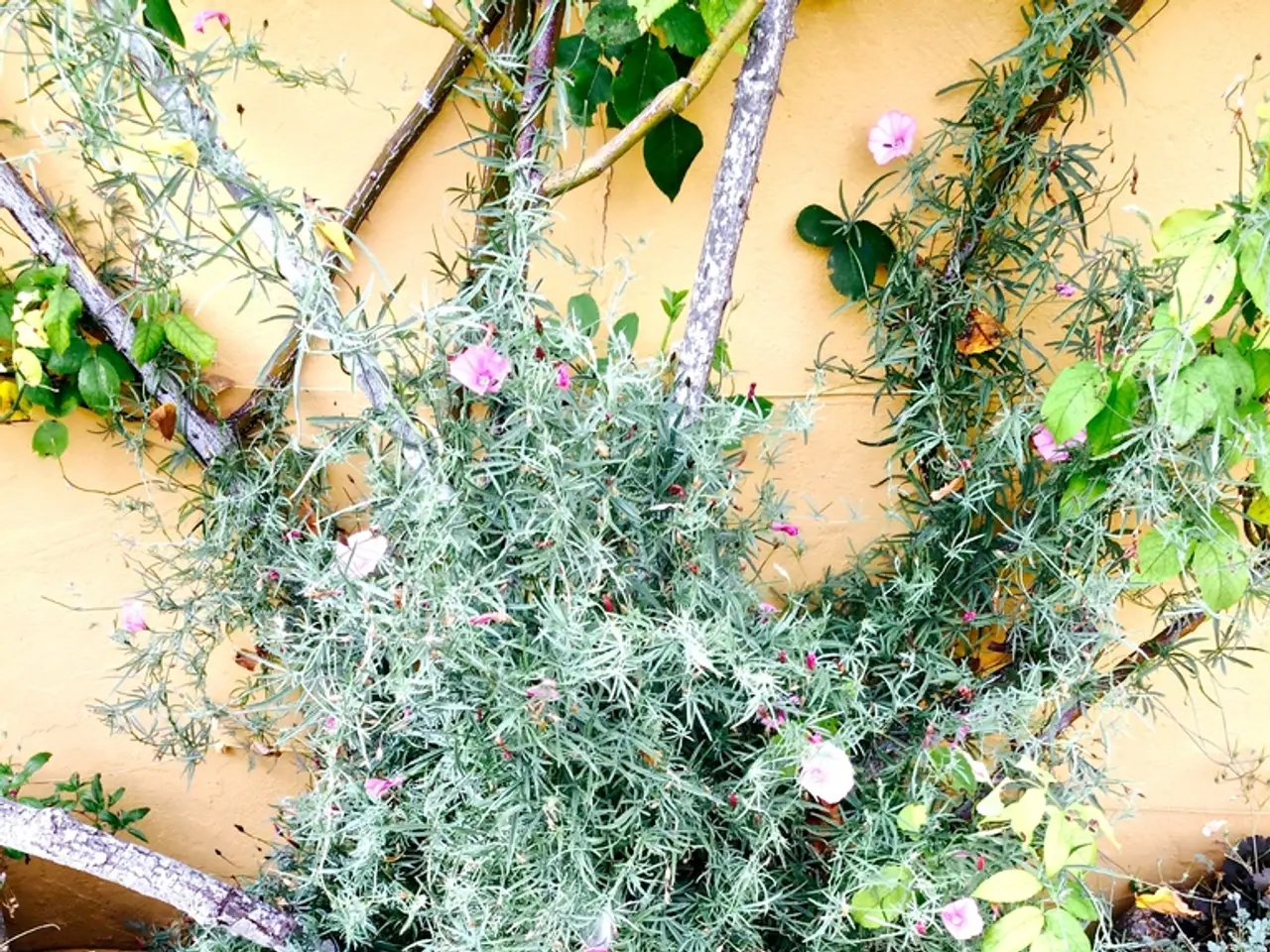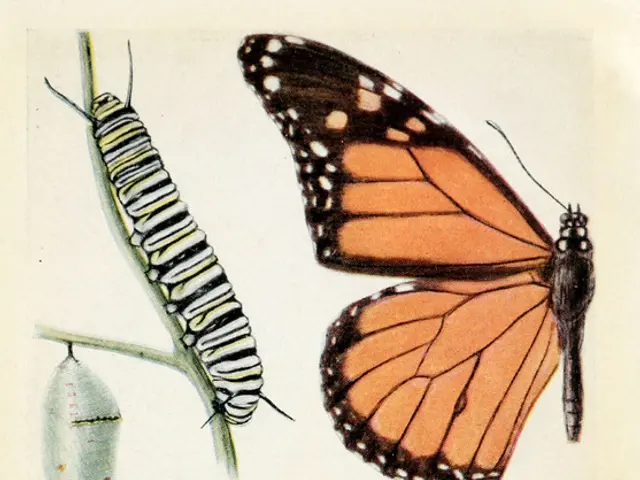Top 20 impressive succulents for cultivation
Growing and caring for popular succulents such as Haworthia truncata, Pilea peperomioides, Echeveria elegans, Sedum dasyphyllum, and others requires providing bright, indirect light, well-draining soil, careful watering, and suitable temperature and humidity conditions.
Most succulents thrive in bright, indirect light indoors (e.g., near a window) and full sun or partial shade outdoors, depending on the species and climate. For instance, Haworthia truncata and Gasteria batesiana prefer bright indirect light and well-drained soil, while Pilea peperomioides favours bright indirect light and more frequent watering than typical desert succulents.
Watering these plants thoroughly but infrequently is essential. Allow the soil to dry completely between waterings to avoid root rot. Techniques like bottom watering can be helpful for species with rosettes like Echeveria. Overwatering is the most common cause of problems, so avoid watering leaves directly and water only when soil is dry.
Choose well-draining succulent or cactus soil mixed with pumice or sand to ensure fast drying and prevent waterlogging. This is critical for succulents like Echeveria and Sedum species.
Maintain temperatures between 60-80°F indoors, with good air circulation. Outdoors, most succulents tolerate warm climates but may need protection from frost or extreme heat. These plants prefer moderate to low humidity, generally 40-60%, to prevent fungal problems.
Use a low-nitrogen fertilizer formulated for succulents once a month during growing seasons (spring and summer), tapering off in cooler months.
Specific notes for some species include:
- Pilea peperomioides is a popular indoor plant that requires bright indirect light and more frequent watering than typical desert succulents but still prefers dry soil between watering.
- Echeveria elegans and Echeveria 'Blue Frills', like other echeverias, need sharp drainage, infrequent watering, and bright light.
- Sedum dasyphyllum and Sedum 'Burrito' are more tolerant of sun and drought but still require well-draining soil.
- Crassula species such as 'Gollum' and Crassula x rupestris require similar care to Echeveria, with a preference for bright light and minimal water.
- Aloe aristata, Lithops, and Pachyphytum bracteosum need particularly careful watering regimes due to water storage in leaves; overwatering will quickly damage these species.
- Aeonium 'Zwartkop' and Cotyledon orbiculata may tolerate some shade but prefer bright light and well-drained soil.
- Graptopetalum pentandrum subsp. superbum requires similar care to Echeveria, with bright light and minimal water.
- Succulents like String of Pearls need indirect light and careful watering to avoid rot.
- Kalanchoe blossfeldiana prefers bright indirect light and moderate watering indoors.
Hydroponic cultivation of succulents is possible under controlled conditions with distilled water, nutrient solutions formulated for succulents, and bright indirect sunlight.
In summary, while specific needs vary slightly by species, all popular succulents require bright indirect light, well-draining soil, infrequent but thorough watering when soil is dry, and temperatures in moderate ranges indoors or outdoors depending on climate. For detailed care on each species, it is advisable to adapt watering frequency and light exposure according to the plant's specific natural habitat and observe for signs such as etiolation (stretching due to insufficient light) or leaf rot (due to overwatering).







